Department Material Concepts and Modeling (MM)
Since its wide use in technical components, elastomer materials have become an important role in current and future products. The high material complexity and many unanswered questions regarding mechanical properties of rubber make it difficult to predict the response of elastomeric materials on external influences like dynamic stresses. Therefore, the department of "Material Concepts and Modeling" was established in 2002 by Prof. Dr. Manfred Klüppel and is now under the direction of Dr. Andrej Lang with the aim to answer the growing industrial requests concerning the field of physical understanding and modeling of elastomers. The main research topics in this department are polymer networks, their reinforcement by fillers, experimental investigation and theoretical description of the reinforcement mechanisms as well as polymer dynamics and their physical origin. Special attention is paid to applied fundamental research on physical properties of elastomers and the influence of this on friction and wear behavior.
In addition to numerous experimental methods, such as gas adsorption measurements on fillers, rheology on polymer melts, dielectric relaxation spectroscopy and dynamic mechanical analysis on vulcanizates, friction and abrasion experiments under different contact conditions, theoretical concepts are used and developed to expand the physical understanding of elastomer materials.
Dealing with many interdisciplinary topics in bilateral, joint industry projects as well as publicly funded projects accompanied by numerous short-term projects is essential for the department and ensures close cooperation with the other disciplines of the DIK.
Head of department

Prof. Dr. habil. Manfred Klüppel

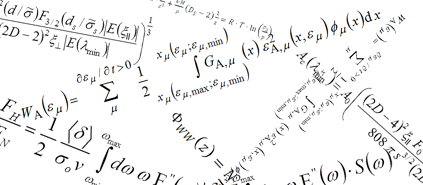
Main research topics
- Friction and wear
- Polymer networks and blends
- Fillers and reinforcement
- Dielectric spectroscopy
- Dynamic-mechanical analysis
- Rheology of rubber melts
Call for projects
An overview of current calls for projects can be found here.
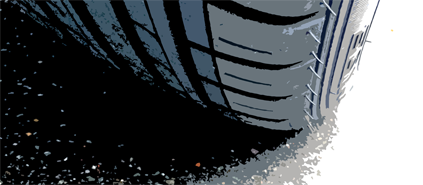
Friction and wear
- Theory of rubber friction
- Tire traction
- Contact mechanics at rough (fractal) interfaces
- Friction and wear mechanisms
- Fracture mechanics of elastomeric nanocomposites
- Crack propagation and fatigue
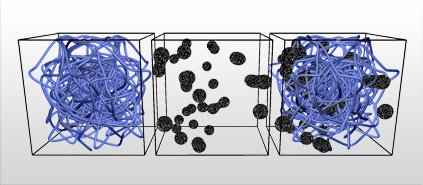
Polymer networks and reinforcing filler
- Theory of rubber elasticity
- Determination of polymer network parameters
- Characterization of fillers and filler networking
- Theory of filler induced reinforcement
- Material models for FEM-simulations
- Molecular dynamics simulations
- Interphasedynamicsof elastomericnanocomposites
- Aging phenomena of polymer and filler networks
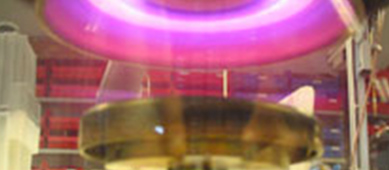
Dielectric spectroscopy and dynamic-mechanical analysis
- High-frequency properties
- Charge transport mechanisms
- Microwave heating
- Polymer-filler and filler-filler interactions
- Interphase dynamics of filled elastomers and blends
- Characterization of blend morphology
- Filler distribution in blends
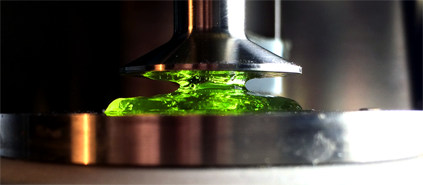
Rheology of rubber melts
- Molecular rheology of entangled polymer melts
- High pressure capillary viscosimetry
- Elastic turbulent flow
- Wall slip phenomena
- Combined rheological and dielectrical analysis
- Magnetorheology
